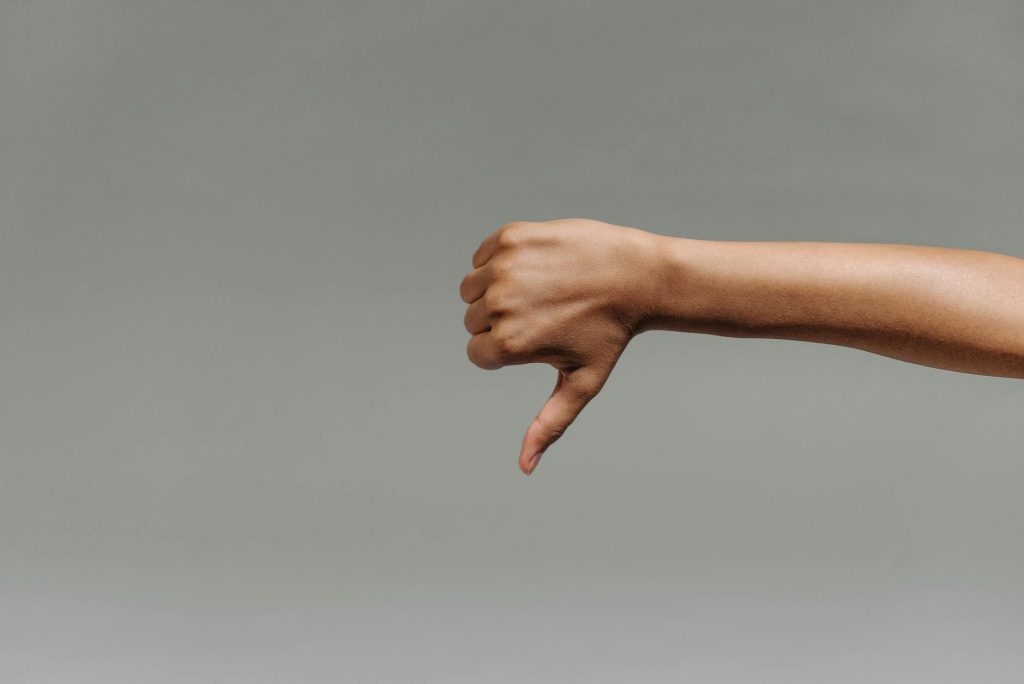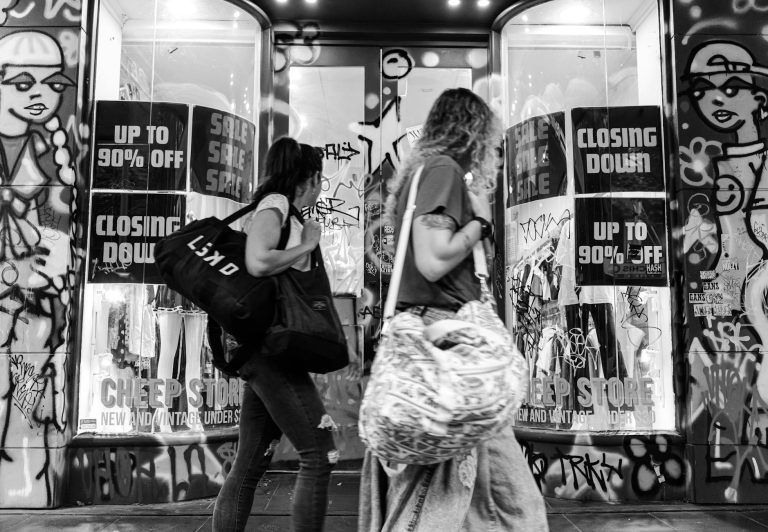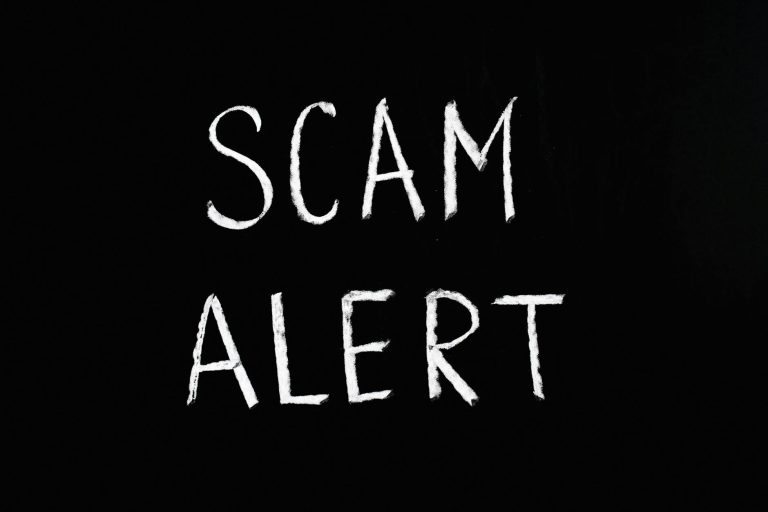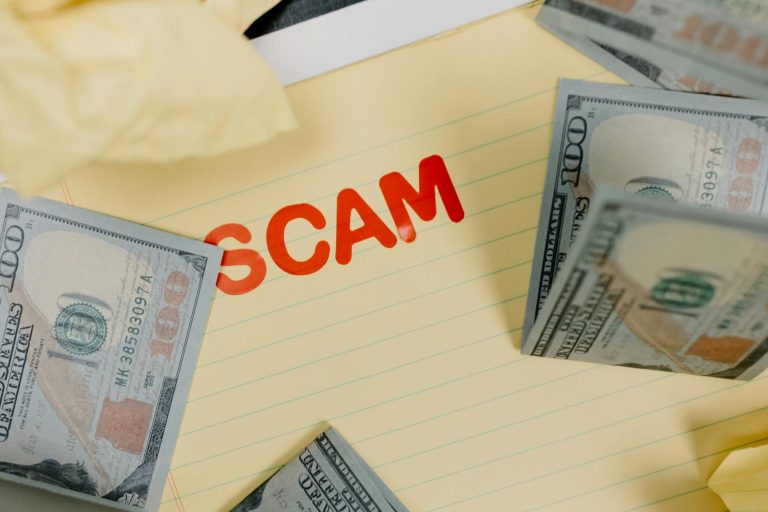
Understanding Fake Discounts
What Are Fake Discounts?
Fake discounts are sneaky pricing tricks that make you think you’re getting a great deal when you’re not. Businesses might show a high “original” price next to a sale price, making it look like you’re saving big. But if that product was never sold at the original price, it’s a scam. In California, for example, a product must have been sold at the original price within the last three months to claim a discount (Impact Pricing).
The original price, or reference price, is what you compare the sale price to. If this reference price is fake, it messes with your decision-making, making you think you’re getting a bargain when you’re not.
| Pricing Trick | What’s Going On |
|---|---|
| Fake Discount | Pretending there’s a big discount by showing a fake original price. |
| Reference Price Trickery | Saying “sold elsewhere for $20” to make the deal look better. |
| Suggested Retail Price (SRP) | Showing a suggested price to make the sale price look like a steal. |
The Legal Side of Things
Messing around with fake discounts can get businesses into serious trouble. If caught, they could face fines or even lawsuits. Different states have different rules, but many require businesses to prove their pricing claims to protect you from being misled.
For instance, if a company shows a fake high price, they could be accused of discount fraud or discount scams. Consumer protection laws are there to stop these shady practices.
Knowing the legal stuff about fake discounts helps you avoid getting ripped off. Stay sharp and know your rights. For tips on spotting these tricks, check out our guide on spotting fake discounts.
The Psychology of Fake Discounts
Ever wonder why you sometimes feel like you’ve scored a killer deal, only to later realize it wasn’t all that great? Let’s break down how fake discounts mess with your mind and wallet.
How Discounts Trick You
Fake discounts are like magic tricks—they make you see what isn’t there. Retailers love to play with your head by showing you a higher “original” price, making the current price seem like a steal. You might see something like, “Was $50, now $20!” and think you’re getting a bargain. But was it ever really $50? Probably not. This trick makes you think you’re saving big, even when you’re not.
| Sneaky Tactic | What It Does to You |
|---|---|
| Fake high original price | Makes you think you’re getting a deal |
| Limited-time offers | Pushes you to buy on impulse |
| Comparing to a “recommended” price | Boosts the item’s perceived value |
Why You Fall for It
We all love a good deal, right? That’s why these tactics work so well. When you see a big discount, your brain goes into overdrive. You start thinking you need to act fast or miss out. This fear of missing out (FOMO) can make you buy stuff you don’t even need. And when you keep seeing these “huge” discounts, you start ignoring smaller, more genuine sales.
| What You Do | What Happens |
|---|---|
| Hold out for bigger discounts | Miss out on smaller, real deals |
| Buy on impulse | End up with stuff you regret buying |
| Wait for sales | Spend less on full-priced items |
How to Outsmart Fake Discounts
Knowing these tricks can help you shop smarter. Next time you see a “deal,” take a moment to think. Is it really a discount, or just a clever trick? Check out our guide on spotting fake discounts for more tips. Don’t let these tactics fool you into spending more than you should. Stay sharp and keep your wallet happy!
For more on avoiding these traps, read our article on discount scams. Stay savvy, and don’t let fake discounts get the best of you.
Ethical Considerations in Discount Practices
When you’re hunting for deals, it’s important to think about how those discounts are presented. Knowing how businesses play with prices and sticking to honest marketing can help you make smarter choices.
Playing with Prices
Ever seen a product “sold elsewhere for $20” and thought you were getting a steal? That’s a classic trick. Companies often inflate reference prices to make their discounts look better. They might show a recommended retail price (RRP) that’s way higher than what they actually sell it for, making you think you’re getting a huge bargain.
This can trick you into thinking you’re saving big bucks when the original price was never real. Check out this table to see how it works:
| Item | Advertised Price | Reference Price | Perceived Discount |
|---|---|---|---|
| Product A | $15 | $30 | 50% |
| Product B | $10 | $25 | 60% |
| Product C | $20 | $40 | 50% |
The illusion of a discount is powerful. If a company says they used to sell something for more, it can mess with your head, even if it’s a lie.
Keeping It Real in Marketing
Being honest in marketing isn’t just good manners—it’s good business. Constantly using fake discounts might pull in deal-chasers who only buy on sale, which can hurt profits. Over time, people might start thinking your product isn’t worth the full price (The Good).
Honest marketing means being clear and truthful about your deals. Brands that avoid shady tactics build trust and a solid reputation. As a shopper, knowing about fake discounts and how to spot them can help you avoid getting duped. Learning to spot fake discounts is a smart move.
By sticking to ethical practices, businesses can build a loyal customer base that values honesty over quick savings. This creates a better market for everyone—shoppers and companies alike.
Impact on Consumer Perception
Long-Term Brand Reputation
Using fake discounts can really mess with how you see a brand over time. If a brand keeps pushing misleading deals, it might get tagged as a “discount brand.” And let’s be real, that’s not a good look. Once you think of a brand as always having fake sales, it’s tough to shake that image.
Being known as a bargain brand can make people think the quality is low. Brands that always rely on discounts might end up in a “race to the bottom,” constantly cutting prices to keep up, which means less profit.
| Brand Status | Potential Effects |
|---|---|
| Discount Brand | Perceived lower quality |
| Premium Brand | Higher perceived value |
| Ambiguous Brand | Confusion among consumers |
Customer Trust
Trust is huge when it comes to your relationship with brands. Fake discounts can really mess with that trust, making you doubt future deals and prices. Brands that use these shady tactics risk losing loyal customers.
The Federal Trade Commission says that if a brand jacks up its original price just to make a discount look bigger, that’s straight-up deceptive (Top Class Actions). Big names like Kohl’s and JC Penney have gotten into hot water for this, facing big settlements.
Once trust is broken, it’s hard to get it back. You might start avoiding brands that have pulled these tricks before, choosing ones that are honest about their prices and discounts. This shift shows how important it is for brands to play fair with their marketing. Want to know how to spot these fake deals? Check out our guide on spotting fake discounts.
Regulatory Response to Fake Discounts
Legal Actions and Penalties
Regulators are cracking down on companies playing dirty with fake discounts. If a business advertises a high original price next to a sale price but never actually sold the product at that original price, they could be in hot water. For example, in California, companies must have sold a product at the original price within the last three months to claim a discount (Impact Pricing).
Recent cases show how serious this can get. Udemy got slapped with a $4 million fine for using “fake discounts,” and Boohoo, a fashion retailer, settled for a whopping $100 million in the U.S. for similar tricks. The Advertising Standards Authority also called out Swytch Technology Ltd for a misleading “60% OFF” claim because they couldn’t prove the product was ever sold at the original price (LinkedIn).
| Company | Penalty Amount |
|---|---|
| Udemy | $4 million |
| Boohoo | $100 million |
Consumer Protection Laws
Consumer protection laws are here to keep you safe from shady deals, including fake discounts. In the European Union, sellers must show the real previous price for any sale to make sure you’re not being tricked about your savings. If they don’t, they could face fines up to 4% of their annual revenue (LinkedIn).
In March 2023, the UK’s Competition and Markets Authority (CMA) kicked off the Red Lines Campaign to fight misleading pricing. This campaign gives examples of what counts as a misleading price cut or a fake scarcity claim.
Knowing these rules can help you spot and report fake deals. For more tips on spotting fake discounts, check out our guide on spotting fake discounts.
Avoiding Sneaky Pricing Tricks
Building trust with your customers means steering clear of sneaky pricing tricks that can leave them feeling duped. By being upfront about your prices and offering real discounts, you can win over loyal customers and keep your brand’s good name intact.
Keep It Real with Pricing
Being upfront about your prices means showing the real original price, the sale price, and any strings attached to the discount. If you advertise a high original price next to a sale price but never actually sold the product at that high price, you’re treading on thin ice. For example, in California, businesses must have sold a product at the original price within the last three months.
Here are some tips to keep your pricing honest:
| Tip | What It Means |
|---|---|
| Show Real Prices | Always show the true original price next to the sale price. |
| Be Clear About Conditions | Mention any conditions for the discount, like minimum purchase requirements. |
| No Fake Claims | Don’t say “sold elsewhere for $20” unless it’s true. |
| Follow the Rules | Make sure your pricing follows local laws and regulations. |
Offer Real Discounts
To pull in customers without trickery, give real discounts instead of fake deals. This means setting prices that reflect real value and offering discounts that matter. If you discount too often, customers might start thinking your products are only worth buying on sale, turning your brand into a “deal-only” brand.
Here are some ways to offer genuine discounts:
| Strategy | What It Means |
|---|---|
| Limited-Time Deals | Create urgency by offering discounts for a short time. |
| Seasonal Sales | Tie discounts to holidays or special events to make them relevant. |
| Loyalty Perks | Give repeat customers exclusive discounts to thank them for their loyalty. |
| Clear Info | Clearly state the discount percentage and how long it lasts to encourage purchases. |
By sticking to these practices, you can avoid the pitfalls of fake discounts and create a trustworthy shopping experience for your customers. For more tips on spotting fake discounts, check out our detailed guide.







This is seriously eye-opening! I never realised how common fake discounts are. Thanks for the heads-up, gotta watch out for those sneaky tactics now.
i’m from india, and i’ve seen way too many fake deals here. it’s a shame, but this article gives me the info i need to be smarter!
Man, these companies are playing a dirty game! I’m gonna be extra cautious about discounts now. Thanks for the heads up, bro.
Interesting read but Im not sure I agree with everything Some of these fake discounts might be legit just worded a bit weirdly
wow, this is really informative! it’s crazy how companies manipulate us with these fake deals.